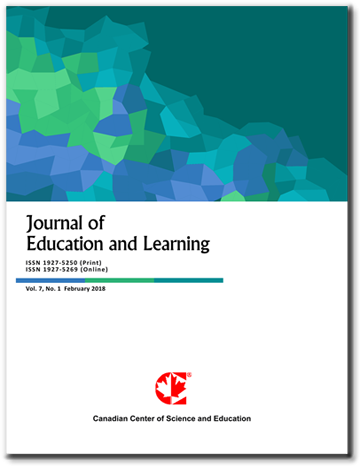Teaching English Vocabulary for Specific Purposes: A Case Study of Arts Vocabulary
- Jintana Chatburapanun
- Tipa Thep-Ackrapong
Abstract
This research aimed at three objectives: first, to compare the effectiveness of direct and indirect teaching vocabulary; second, to examine the appropriateness of each instructional approach across varying levels of English language proficiency; and finally, to study the students’ satisfaction using these two methods. The students involved were Fine Arts majors studying English for Specific Purposes (ESP). Non-equivalent groups of 156 students enrolled in English for Careers in the 21st Century in an art academy in Bangkok, Thailand were recruited in the study. The research was a quasi-experimental design within a pretest-posttest framework. Several research instruments were utilized: 1) Fine Arts and Applied Arts Vocabulary Lists, 2) a 30-item 4-choice pretest and posttest, and finally, 3) a satisfaction survey. The results revealed no statistically significant difference between the direct and indirect instruction groups. However, direct vocabulary instruction was more effective than indirect instruction, particularly for learners with limited English proficiency. Furthermore, students from both groups reported high satisfaction levels with various aspects of the course, including the teaching methods, materials, activities, learning environment, and the vocabulary lists for fine arts and applied arts. These results support the potential of direct vocabulary teaching methods in enhancing student performance while fostering overall satisfaction in specialized language learning contexts.
- Full Text:
 PDF
PDF
- DOI:10.5539/jel.v15n2p66
Journal Metrics
Google-based Impact Factor (2021): 1.93
h-index (July 2022): 48
i10-index (July 2022): 317
h5-index (2017-2021): 31
h5-median (2017-2021): 38
Index
Contact
- Grace LinEditorial Assistant
- jel@ccsenet.org
